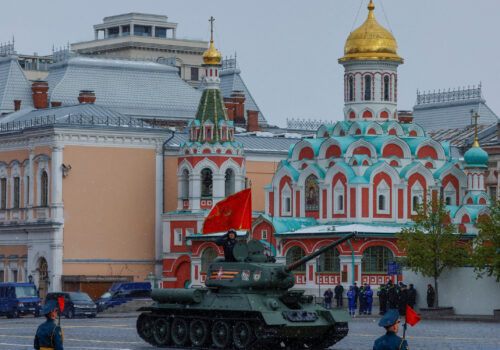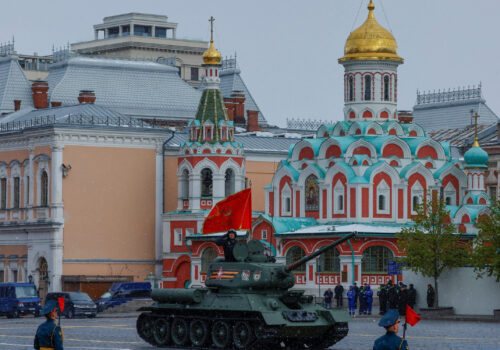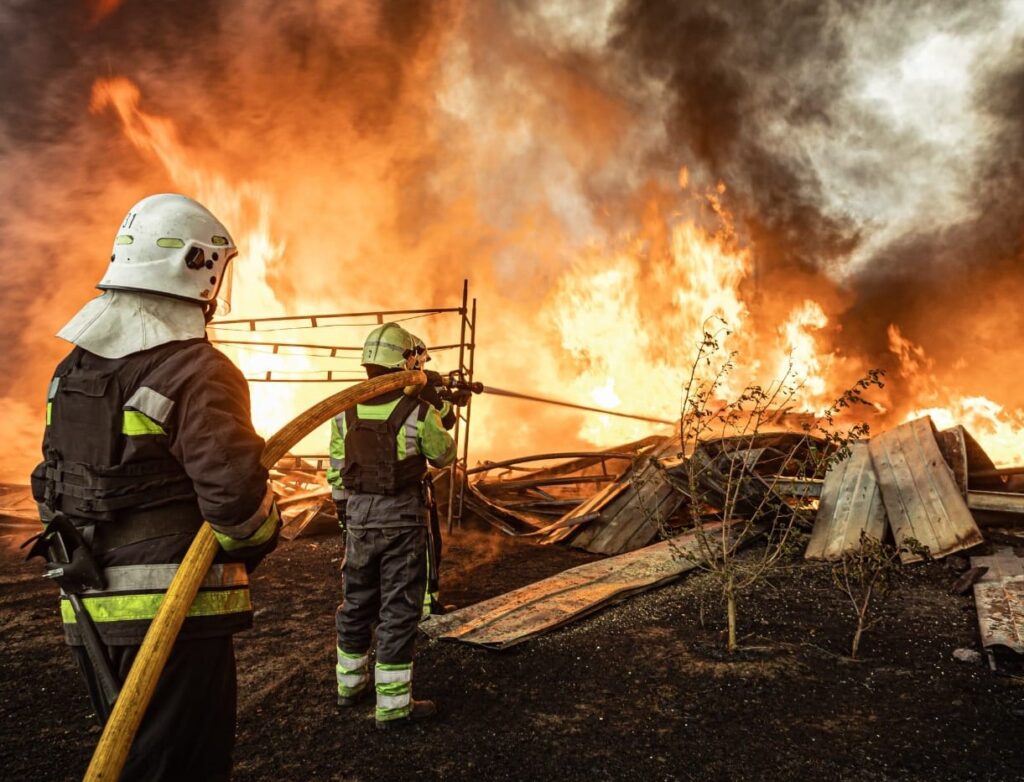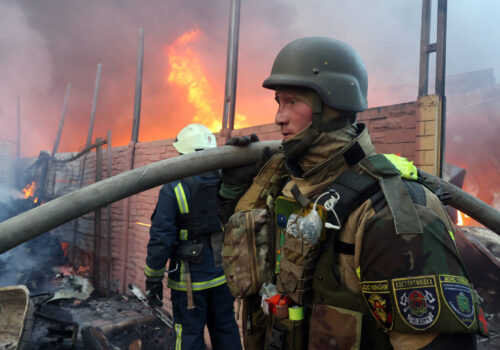
Putin expands invasion as outgunned Ukraine waits for Western weapons

Russia launched a cross-border offensive into northeastern Ukraine’s Kharkiv region on May 10, opening a new front in its ongoing invasion. The attack had been widely anticipated, but the apparent ease with which Russian forces were able to penetrate the Ukrainian border sparked considerable alarm and allegations of security blunders.
The debate over Ukraine’s apparent failure to secure the border overlooks the fact that fortifications are typically located some 15 to 20 kilometers behind forward positions. Nevertheless, the renewed presence of Russian troops in northern Ukraine marks a significant escalation in the war.
During the first five days of the offensive, Russia has been able to establish two separate bridgeheads on Ukrainian territory and advance between five and seven kilometers into the country. These modest gains reflect the relatively small numbers of Russian troops involved in the initial incursion. However, that may change in the coming days as the Kremlin has concentrated approximately 30,000 to 35,000 soldiers across the border and continues to reinforce the ongoing offensive.
Ukrainian officials had earlier predicted the start of Russian offensive operations in the Kharkiv region toward the end of May or in early June. The recent US decision to grant Ukraine a major new aid package may have convinced the Kremlin to attack earlier than planned in order to exploit the remaining window of opportunity before fresh deliveries of US weapons reach the front lines.
Stay updated
As the world watches the Russian invasion of Ukraine unfold, UkraineAlert delivers the best Atlantic Council expert insight and analysis on Ukraine twice a week directly to your inbox.
At this point, Russia’s immediate military goals look to be rather limited, as can be seen from the numbers of troops involved. The initial objective may be the establishment of a buffer zone along the Ukrainian border in the Kharkiv region. This is something Vladimir Putin and other Kremlin leaders have spoken about repeatedly in recent months. If Russian forces do manage to advance further and establish a foothold around 15 kilometers inside northern Ukraine, this would place Kharkiv itself within range of Russian artillery.
Ukraine’s former capital and second-largest city with a prewar population of more than one and a half million, Kharkiv has been subjected to intensive Russian bombing since the beginning of 2024. The city’s power plants were destroyed in March, while residential districts are frequently subjected to missile, drone, and glide bomb attacks. There are now fears that Russian artillery could take this campaign of destruction to the next level. Kharkiv Mayor Ihor Terekhov has repeatedly warned that his city risks becoming a “second Aleppo,” a reference to the Syrian city reduced to rubble almost a decade ago following relentless bombardment by Russian and Syrian forces.
Russia’s end goal appears to be the depopulation of Kharkiv. Moscow aims to make the city unlivable and force the vast majority of its over one million residents to flee. By emptying Kharkiv of its civilian population, the Kremlin hopes to create the conditions for the city’s capture. However, this would require far more troops than Russia currently has available in the region.
Eurasia Center events

While many observers assume Kharkiv remains Russia’s primary objective, the new offensive may actually be an attempt to destabilize Ukraine’s broader defenses. By opening up a new front in the north of the country, Russia creates dilemmas for Ukrainian commanders and forces them to divert key units that are currently holding the front line in the east of the country.
The present military situation is rapidly evolving and extremely challenging for Ukraine, but it is not yet critical. Indeed, given the clear battlefield advantages enjoyed by defensive forces since the start of the war more than two years ago, the Ukrainian military theoretically has every chance of preventing any major breakthroughs and should also be able to inflict significant losses on advancing Russian forces. However, Ukraine’s efforts to defend itself are currently being severely hampered by an inability to strike Russian targets across the border.
Throughout the war, most of Ukraine’s international partners have insisted that the weapons they provide only be used on Ukrainian territory. These restrictions contradict all military logic and have created uniquely favorable conditions for Russia, which is able to concentrate troops close to the Ukrainian border and prepare to attack without fear of being targeted. Unless Ukraine is granted the right to hit military targets inside Russia, it will be extremely difficult to defeat the current offensive or prevent more cross-border attacks similar the recently opened front in the Kharkiv region.
Russia’s new Kharkiv offensive is an attempt by the Kremlin to capitalize on considerable advantages in both manpower and firepower. Despite suffering staggering losses over the past two years, Putin has succeeded in creating a force far larger than the army that first invaded Ukraine in February 2022. Meanwhile, Ukraine has been seriously weakened by more than half a year without major arms deliveries, and is unable to strike back effectively due to restrictions imposed by the country’s Western partners. None of this means Russia is guaranteed to succeed, but it does make it far more difficult for Ukraine to prevail.
Mykola Bielieskov is a research fellow at the National Institute for Strategic Studies and a senior analyst at Ukrainian NGO “Come Back Alive.” The views expressed in this article are the author’s personal position and do not reflect the opinions or views of NISS or Come Back Alive.
Further reading
The views expressed in UkraineAlert are solely those of the authors and do not necessarily reflect the views of the Atlantic Council, its staff, or its supporters.

The Eurasia Center’s mission is to enhance transatlantic cooperation in promoting stability, democratic values and prosperity in Eurasia, from Eastern Europe and Turkey in the West to the Caucasus, Russia and Central Asia in the East.
Follow us on social media
and support our work
Image: Emergency units carry out rescue tasks after a new Russian attack in Kharkiv, Ukraine on May 13, 2024. Fighting is intensifying in the Kharkiv border region of Ukraine, where thousands of civilians They have fled the Russian offensive this weekend. In the last 48 hours, Kremlin forces have launched more than 30 attacks, leaving at least one dead and several buildings destroyed. (Handout / Latin America News Agency via Reuters Connect)




